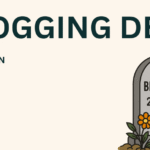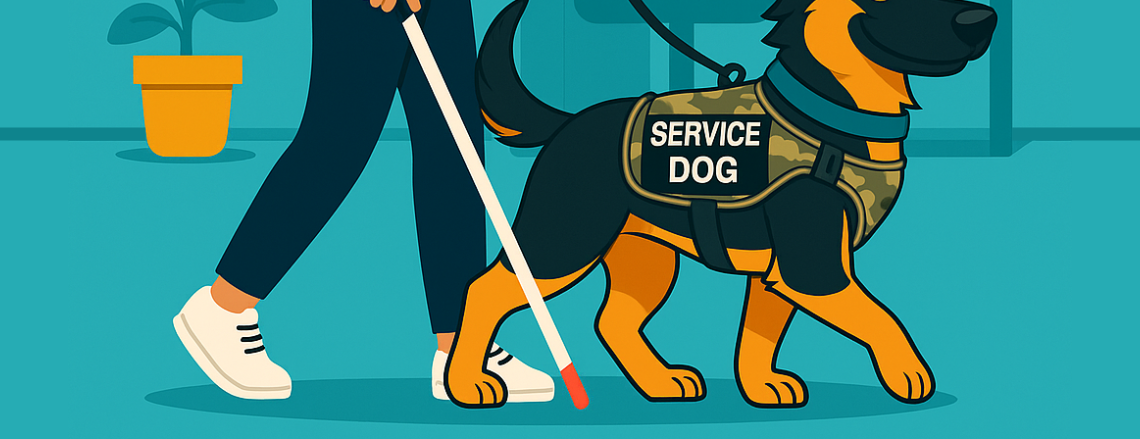
Your website should be a welcoming space for everyone.
If your site isn’t built for everyone, you could be turning away customers without even realizing it.
At Stark Create, our Website Design and Development team ensures that every site we build is easy for everyone to use.
Why Accessibility Matters
Website accessibility isn’t just about following rules or avoiding lawsuits—it’s about inclusion. The Americans with Disabilities Act (ADA) requires businesses to provide equal access, including online. For more on how web accessibility intersects with ADA requirements, you can check the ADA’s official guide.
By making your site accessible, you’re not only staying compliant; you’re also demonstrating that your business values all its customers. Beyond the legal side, accessibility builds trust. A site that welcomes everyone reflects professionalism and care, which can set you apart from competitors who overlook it.
Common Accessibility Issues You Might Be Overlooking
Many accessibility issues are simple but easy to miss if you’re not looking for them. Here are a few of the most common:
- Poor color contrast makes text hard to read.
- Missing alt text leaves images meaningless for screen readers.
- Inconsistent navigation makes it difficult to move through your site.
These small details can make a big difference, and most are fixable with thoughtful design and content updates.
Accessibility and User Experience
A truly accessible site is also a user-friendly site. Features like keyboard navigation, mobile-friendly layouts, and well-designed forms don’t just help users with disabilities, they help everyone.
This is why our Website Maintenance & Plans prioritize updates that keep your site user-friendly and compliant long after launch. Accessibility isn’t a one-and-done project; it’s something to monitor and maintain as your site grows.
Why Readability Is Part of Accessibility
Accessibility isn’t just about tech; it’s also about how you present information. Whether it’s a blog, a service page, or a social media post, people are more likely to engage when your content is easy to read.
Here’s a quick readability checklist you can use for your website:
|
Readability Tip
|
Why It Matters
|
|
Use headings (H2/H3)
|
Breaks text into clear sections for readers and screen readers.
|
|
Keep paragraphs short
|
Improves focus and avoids “walls of text.”
|
|
Use bold and italic
|
Helps skimmers catch key points.
|
|
Add lists and tables
|
Makes info quick to scan and remember.
|
These simple steps make your content more straightforward, more professional, and more engaging for all visitors.
Building Trust Through Inclusive Design
When customers see that your website is easy to use—whether they’re navigating with a mouse, a keyboard, or a screen reader—they notice. Accessibility demonstrates that you’ve thought about every type of visitor, and that thoughtfulness builds trust. An inclusive website isn’t just a business asset; it’s part of your brand.
Our Final Thoughts
Accessibility isn’t just a checklist, it’s an opportunity. By making your website accessible to everyone, you expand your reach, strengthen your brand, and provide a better experience for all visitors. Additionally, many of the same changes that enhance accessibility also improve how search engines rank your site.
At Stark Create, we help businesses design, maintain, and market websites that welcome every visitor.





